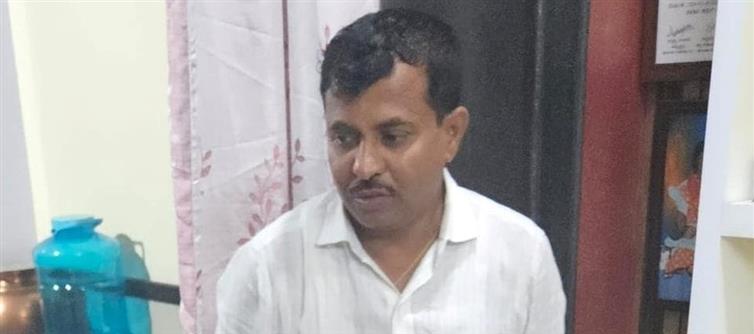
This revelation has ignited a firestorm on social media and in public discourse, with many citizens expressing outrage over the blatant misuse of power and unchecked accumulation of wealth by lower-level bureaucrats. Such incidents expose the deeply embedded nature of corruption within the very machinery meant to serve the public.
This case is not just about one individual—it’s a reflection of a broader systemic failure. When a low-ranking official can amass such extravagant assets without scrutiny, it raises urgent questions about oversight mechanisms and internal audits within government departments. Citizens are left wondering how many similar cases remain undetected due to political shielding, bureaucratic silence, or a lack of will to investigate.
While india boasts anti-corruption laws like the Prevention of Corruption Act and the Prevention of Money Laundering Act (PMLA), enforcement often appears selective and inconsistent. This fuels public perception that corruption is not just rampant but institutionalized.
Under indian law, particularly the PMLA and the Prevention of Corruption Act, the Enforcement Directorate (ED) and the Central Bureau of Investigation (CBI) are empowered to provisionally attach properties suspected to be acquired through illicit means. Upon conviction, these assets are formally confiscated and may be auctioned off.
The proceeds are typically used to bolster state coffers, compensate victims, or support anti-corruption programs. However, critics argue that such actions are reactive rather than preventive, and that India’s fight against corruption requires not just legal tools, but a complete overhaul in administrative accountability and political will. Without consistent enforcement and transparency, high-profile cases like this risk becoming spectacles rather than catalysts for meaningful reform.




 click and follow Indiaherald WhatsApp channel
click and follow Indiaherald WhatsApp channel